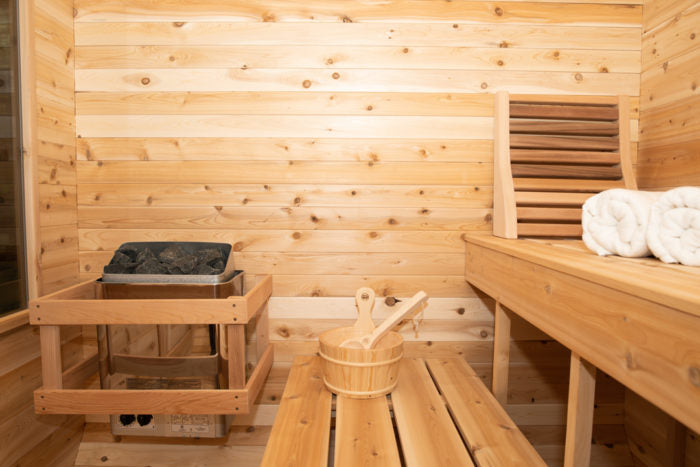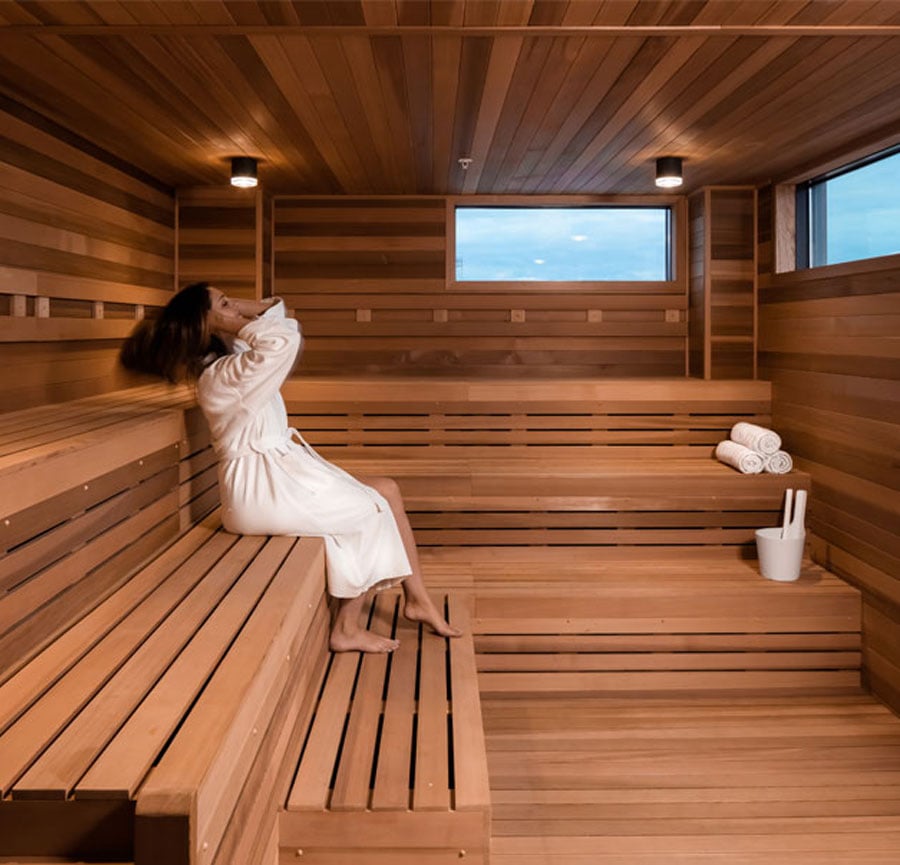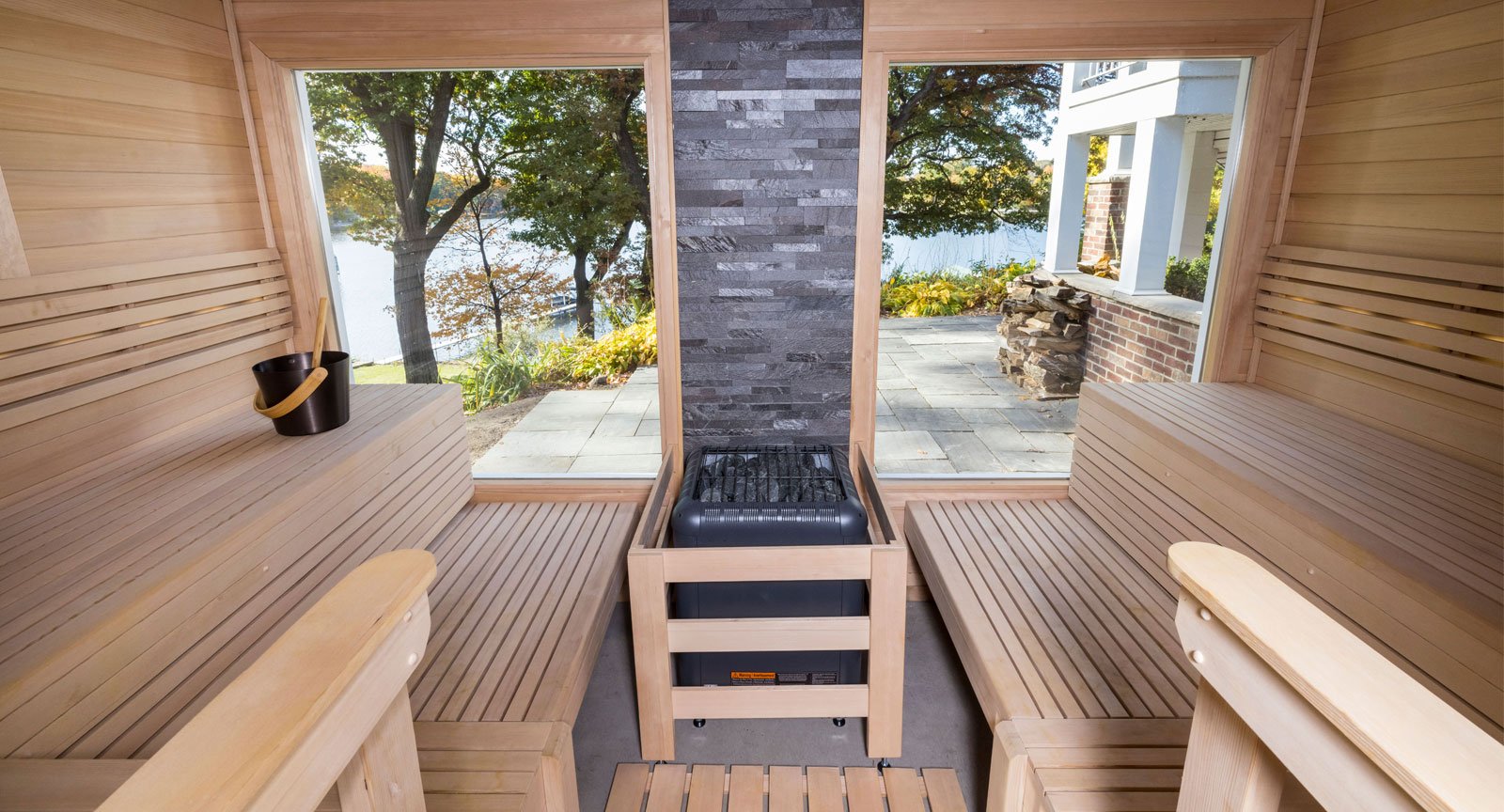Traditional Sauna Fundamentals Explained
Examine This Report on Traditional Sauna
Table of ContentsUnknown Facts About Traditional SaunaSome Of Traditional SaunaThe Best Strategy To Use For Traditional SaunaExamine This Report on Traditional SaunaThe 45-Second Trick For Traditional Sauna
The majority of the weight shed in a sauna is water loss and is re-gained upon rehydrating. However, without an uncertainty sauna can be a vital part of a healthy weight-loss program. To take a look at the distinctions in between traditional and IR saunas, I will divide these right into verifiable, theoretical, and produced differences.Hence, the most popular point in the saunawhich is at the ceiling straight above the sauna heateris generally in between 185 and 190 F. Claims that a typical sauna goes beyond 200 F is simply not real and not applicable for electric saunas offered in the US. The temperature for a far-infrared sauna is generally established between 120 and 140 F; nonetheless, unlike the typical sauna, the objective in and IR space is not to attain a heat.
Due to this, the temperature difference is nearly unimportant, because excessive sweating causes both sauna types, but the method of warming the body is different. In an IR sauna the bather will feel hot and will sweat profusely, yet at a lot reduced temperatures (Traditional Sauna). Hence, if the goal is to spend longer time periods in the sauna, the IR sauna is a great option
When a conventional sauna has actually been correctly heated up, the sauna wall surfaces are warm, the air temperature level has actually accomplished established temperature and the rocks are very warmed. As an interesting side note, the heated wall surfaces and the rocks are emitting far-infrared heat, incorporated with the heated air, to develop an "wrapping up warm".
The smart Trick of Traditional Sauna That Nobody is Talking About

When the high temperature is accomplished, the aspects cycle on and off to maintain the heat. A lot of conventional sauna individuals enjoy pouring water over the rocks to produce heavy steam to raise sauna humidity levels. The benefits of putting water over the rocks include: making the space more comfortable, moistening the nasal passages, and permitting the use of aromatherapy by blending important oils with the water.

When the energy gets in the body, it causes the body temperature level to increase and inevitably leads to perspiration. In an infrared sauna it's vital for the emitters/heaters to stay on nearly continuously. Since there is no mass of rocks to retain warm, the sauna will certainly cool down if the emitters shut off.
As mentioned above, the sauna bather in an infrared space wishes to place himself before operating emitters to get optimal take advantage of the heat. The home heating time for both areas can be extremely different, depending upon how the spaces are utilized. For a conventional sauna, a bather ought to permit 30-40 mins for the room to attain a desired temperature level and to effectively pre-heat the rocks.
Everything about Traditional Sauna
A well created sauna will typically achieve a temperature level of 150-160 F in concerning 30-40 mins. For hotter temperatures, the room might need to warm for a longer duration.

Conventional saunas often tend to be bigger (therefore make use of more power) than infrared saunas, although conventional saunas are definitely offered in one and two individual sizes. For a two-person traditional sauna, 5x6 or 5x7 dimension is most popular. The top bench can pleasantly seat two or 3 individuals and is likewise long enough to rest during the sauna session.
3 Easy Facts About Traditional Sauna Shown
The average cost per kWH of electricity in the U.S. is approximately $0.11, so a 4.5 kW heating system will certainly set you back about $.50 to run for one hour, if the heating system runs constantly for one hour. Generally a sauna heater will certainly compete 75% of the very first hour and 50% of subsequent hours on because the components cycle once the established temperature level is attained.

There is a hardly ever discussed distinction in the social experience between the 2 rooms. visit this site right here While our culture has actually shed some of the social advantage of the conventional sauna experience, it can be really socially gratifying (Traditional Sauna). From family members time in the sauna, to heart-felt conversations with better halves, to sauna partiesthe conventional continue reading this sauna experience can bring about intimate socializing
The Greatest Guide To Traditional Sauna
The majority of greater end infrared rooms include tinted light treatment, audio systems and full-glass fronts.